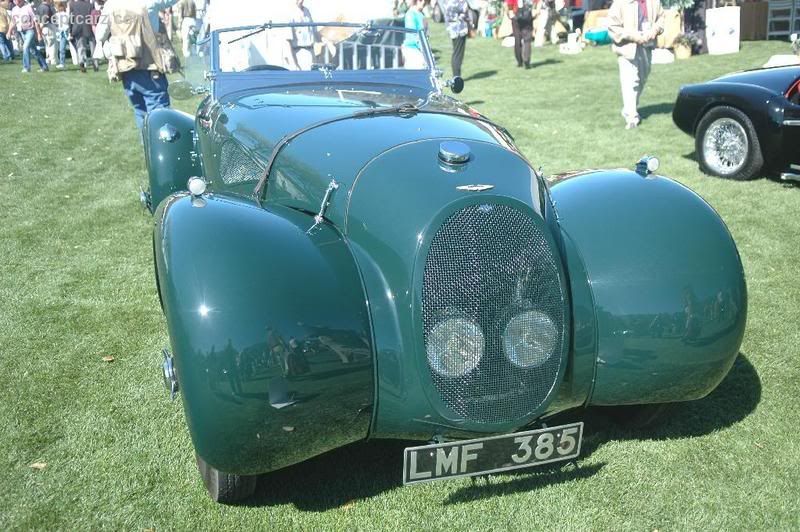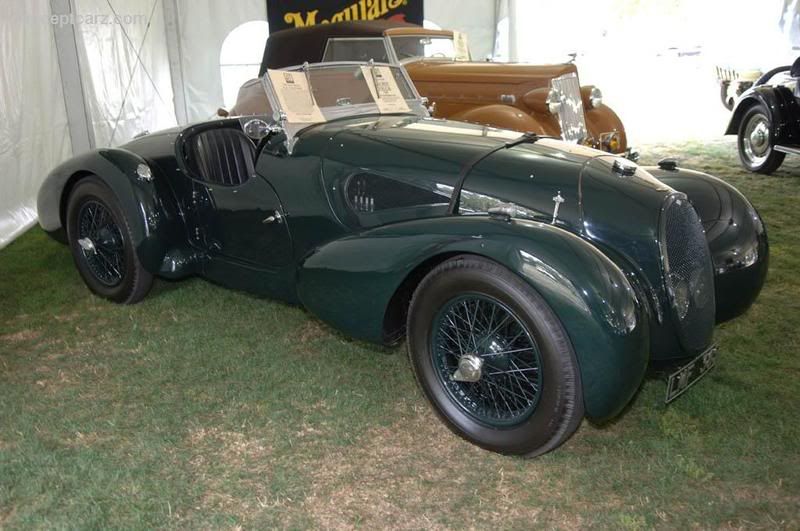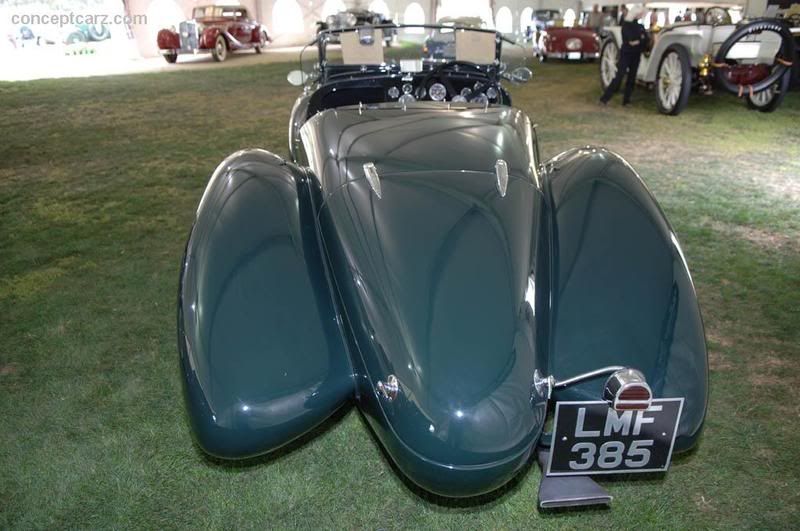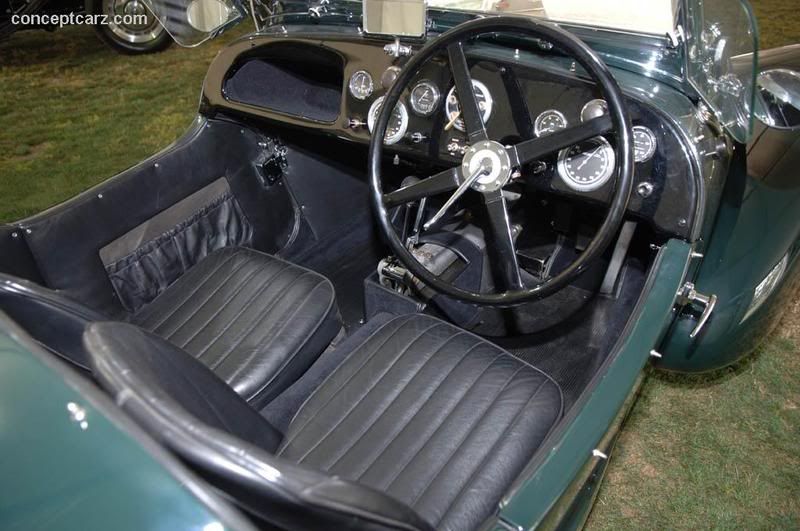1932 Auburn Boattail Speedster
http://www.chicagoclassiccars.com/inventory_show.asp?stknum=P16&show=2
One of my favourites, a friend of mine in England just bought one. I have no connection to the seller of that particular automobile.
http://www.chicagoclassiccars.com/inventory_show.asp?stknum=P16&show=2
One of my favourites, a friend of mine in England just bought one. I have no connection to the seller of that particular automobile.














